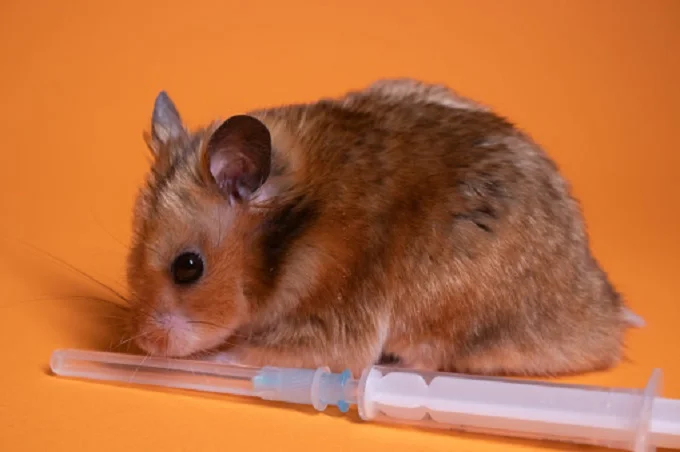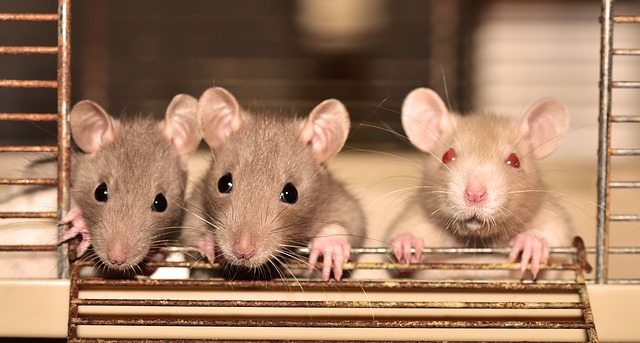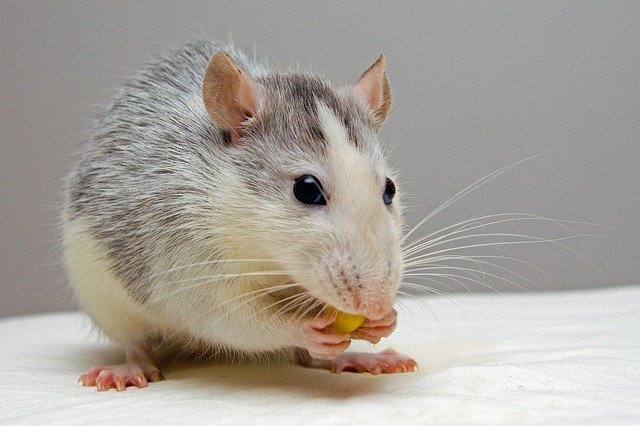Why are rats most often used for experiments?

As humankind progressed, humans also created a variety of methods for resolving difficulties, particularly those involving the human body’s health. We started conducting scientific experiments to discover solutions to centuries-old mysteries. However, we need live organisms for these biological tests. Because the trials did not always provide the desired results, we needed to pick a creature to function as a “subject” in these studies. It was tough to persuade individuals to put their lives on the line for research, but which creature did we choose instead? Rats!
Have you ever wondered why rats are the preferred creatures for experimental testing?
Logistic reasons

First of all, rats are small creatures. They are easy to handle, transport, and experiment with, unlike larger or less predictable animals. Imagine pricking a giraffe or elephant with a needle is not as easy as a tiny rat!
Moreover, rats are relatively harmless. During the experiment, animals are forced to undergo various conditions, some of which can be very annoying or provocative. Therefore, if you manage to anger the rat, the most it can do is bite on the finger. On the other hand, in the case of the lion, the explorer will have a very bad day. And although these creatures are included in the selection of aggressive predatory animals, they are unlikely to harm researchers.
The factors we discussed above were more related to the logistic aspects of experimentation. Now let’s look at the biological benefits of using rats as test subjects.
Biological causes

Rats are great breeders, reproducing at a rather rapid rate in comparison to other animals. This implies that you may get a large number of rats for less money. Additionally, rats have a fairly short lifetime, which means they die quickly, allowing for the birth of a new generation. This enables the study of several generations of rats in a short amount of time—an interesting fact: Rats are very intelligent creatures, ranking among the top ten most intellectual species
Rats are often used in experiments due to their close resemblance to humans. Rats and humans share an astounding 90% of their genes, according to the Koshland Science Museum. That is why they are the optimal model for determining the nature of the interaction between various genes in people. Additionally, many systems in the rat body are quite similar to those in humans, which makes studying the impact of various sorts of medicines on the human body considerably easier.
Another fantastic feature of rats is that they can be genetically altered. You can “turn on” or “turn off” certain genes in rats to see how these changes affect them.
These types of genetically altered rats are extremely useful in determining how certain genes can cause certain diseases. There is another type of rat – transgenic rats, which are bred after introducing foreign DNA into them. These types of rats help in mapping patterns of certain diseases affecting humans.
Considering how much rats contribute to human well-being, we have to thank these little creatures who, without even realizing it, are extremely important to people around the world.




